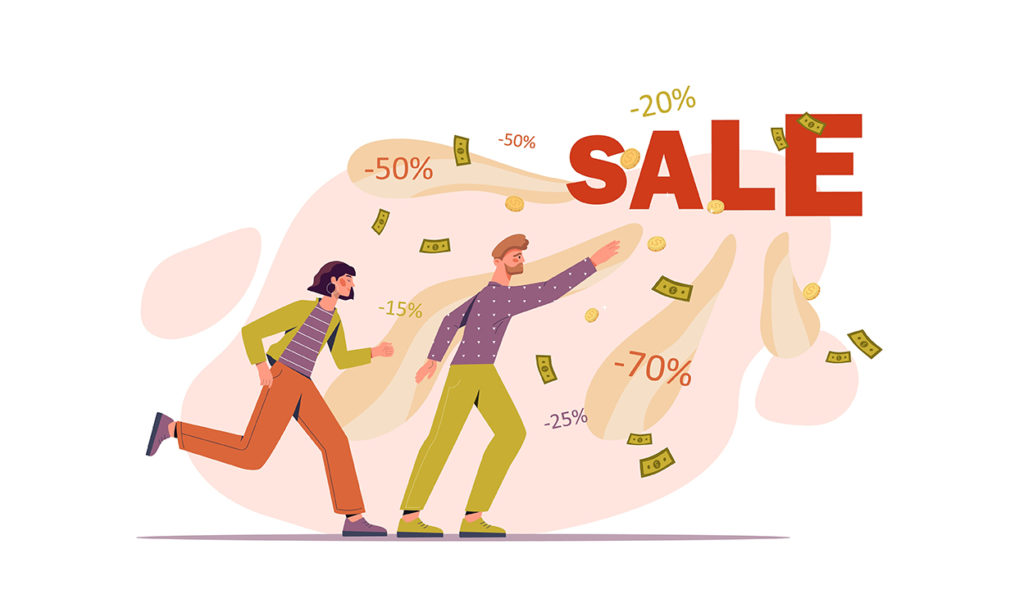
Do you know how your competitors discount? It’s worth finding out, since it can give you a lot of good information in planning your own pricing.
Most obviously, you need to know what they’re doing right now. If you offer a great discount, but your competitor has a lower price than you, then your discount strategy isn’t likely to boost your sales.
But besides knowing how your price relates to your rivals’ prices, you also need to know how much their discounts stack up to, and how they express them. For instance, if your prices are the same, but your competitor normally has a higher price, a lot of customers will see “30% discount” from you and “45% discount” from them. Guess who they’ll go with?
But you’ll also benefit from a deeper appreciation of their discount strategy. Make it your business to record their discounts and track patterns in their promotions. What percentage of the time do they have discounts? Some companies sell at full price nearly all the time and only offer discounts occasionally, perhaps on Black Friday or in January. Others have discounts and promotional offers all the time.
Obviously, customers who see this will have different feelings about the two companies. They’ll expect a discount from the big-discount company and probably won’t be tempted to buy unless they get one. On the other hand with the full-price company, they may buy at full price or they may decide to wait several months for a discount if they think there will be one coming along.
Sometimes you’ll be able to anticipate competitors’ discount behavior. If your main competitor always has a 30% discount for Thanksgiving, say, then you can decide whether to match it, or to forgo the sales in order to keep your margins high.
You can also sometimes get a good feel for the way the market is going by looking at whether competitors retaliate when someone gives a big discount, or whether they hold their fire. If everyone starts discounting at the same time, that may mean the product niche is becoming much more competitive and less profitable. That could mean it’s time to lighten up on inventory and start looking for new products.
On the other hand if only a couple of rivals discount, but most others keep their pricing unchanged, you probably have a healthy sector. It’s worth taking a look at where those rivals’ products are placed in the rankings; if they’re low ranked, you can guess why they are offering big discounts to leapfrog their way up.
If you see leaders with products in the top ten rankings making big discounts, that’s bad news. It may mean sales have slackened for the whole sector, or even that they’re thinking about exiting it.
You’ll probably also find that each product category sets particular discount levels. For instance, most products may start with a 20% discount at launch. This doesn’t always happen but if it does, that’s probably a level that works. Only offering 10% might mean your product doesn’t get off the ground. On the other hand, offering significantly more could get your product noticed.